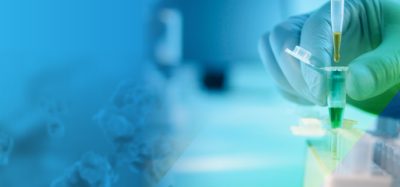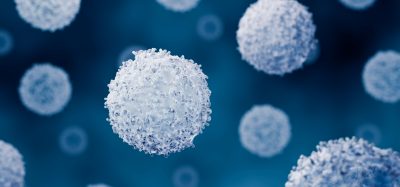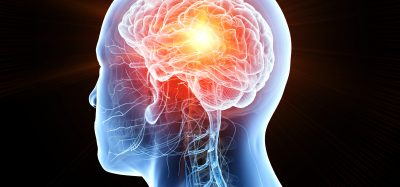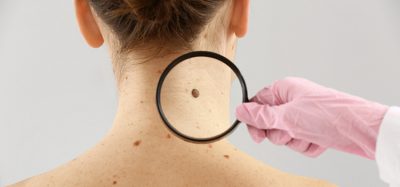New stem cell approach could repair stroke-damaged brains
Posted: 17 September 2025 | Drug Target Review | No comments yet
A new experimental stem cell therapy shows promise in repairing brain damage after ischemic strokes – potentially allowing for the development of future treatments that extend the recovery window.
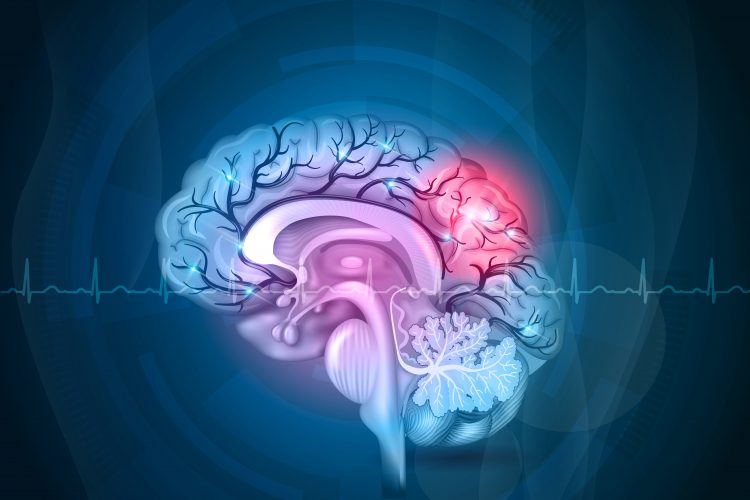

Strokes are a leading worldwide cause of death and disability. Almost nine out of 10 cases are ischemic strokes, caused by restricted blood flow in the brain. The current, and best, treatment that breaks up blood clots in the brain must be delivered within four and a half hours of symptoms appearing to have the best chance of success.
Researchers are actively seeking ways to extend this critical treatment window and improve the outcomes of recovery. One new method is an experimental stem cell therapy designed to repair damaged brain tissue, co-developed by scientists at the Keck School of Medicine of USC, the University of Zurich and ETH Zurich. A recent study published in Nature Communications demonstrated that a stem cell transplant performed one week after an ischemic stroke in mice promoted recovery.
“There are a lot of patients who cannot get the acute treatment, and their blood vessels remain blocked,” said co-corresponding author Dr Ruslan Rust, Assistant Professor of Research Physiology and Neuroscience at the Keck School of Medicine. “If we can bring this treatment to the clinic in the future, it may help patients who have long-term symptoms or large strokes see recovery.”
Biomarkers are redefining how precision therapies are discovered, validated and delivered.
This exclusive expert-led report reveals how leading teams are using biomarker science to drive faster insights, cleaner data and more targeted treatments – from discovery to diagnostics.
Inside the report:
- How leading organisations are reshaping strategy with biomarker-led approaches
- Better tools for real-time decision-making – turning complex data into faster insights
- Global standardisation and assay sensitivity – what it takes to scale across networks
Discover how biomarker science is addressing the biggest hurdles in drug discovery, translational research and precision medicine – access your free copy today
Employing stem cells to heal damaged brain tissue
Rust and his colleagues reprogrammed human blood cells into neural stem cells – capable of maturing into neurons – and transplanted them into the damaged brain tissue of mice that had experienced strokes. Five weeks later, the researchers compared their recovery to a group of mice from the same litter that had strokes but underwent surgery without transplantation.
The brains of mice that received neural stem cell transplants showed markedly stronger signs of recovery than untreated mice. Transplant recipients’ brains displayed less inflammation, increased growth of neurons and blood vessels and enhanced connectivity among neurons. These mice also exhibited less leakage from the blood-brain barrier – which is crucial for maintaining normal brain function and removing harmful substances.
To measure functional recovery, the team employed artificial intelligence to track the animals’ limb movements while walking and climbing a ladder with irregular rungs.
“Recovery can be hard to determine in mice, so we needed to see these little differences,” Rust said. “The unbiased view we got through this deep learning tool gave us a lot more detail about this complex process.”
Treated mice fully recovered the fine motor skills tested in the climbing task five weeks after transplantation. By the end of the study, their way of walking also improved significantly compared to mice that received sham surgery.
Clues among the new brain cells that develop
The researchers investigated which types of cells died off due to stroke and found roughly a 50 percent reduction in neurons that secrete gamma-aminobutyric acid (GABA), which decreases activity in the brain cells to which it binds. These GABA-secreting neurons – known as GABAergic neurons – have previously been shown to help stroke recovery.
The team also tracked the fate of the transplanted stem cells and found that most had developed into GABAergic neurons. This suggests that the environment of the injured brain may influence the differentiation of the neural stem cells.
The researchers further analysed interactions between transplanted cells and other cells in the brain, finding strong activity in several signalling pathways previously associated with neuron regeneration, synapse formation and branching.
“Mechanistic insight can be quite important if we seek to inform new therapies or improve emerging ones,” Rust said. “Understanding the mechanisms allows us to think about adapting a drug that regulates them – perhaps one that’s already clinically approved for a different disease. It could open a whole new wave of therapies.”
Looking ahead: long-term recovery
The research team is currently exploring ways to enhance activity in the identified signalling pathways and evaluating transplant outcomes in mice beyond the initial five-week period.
“If we can help people by transplanting stem cells into a human stroke patient, we want the cells to be there for the rest of their life,” Rust said. “So, our aim would be to look across the whole lifetime of a mouse and see what happens with the cells, and also see whether this recovery is sustained or even improves.”
Related topics
Animal Models, Cell Therapy, Central Nervous System (CNS), Neurosciences, Regenerative Medicine, Stem Cells, Translational Science
Related conditions
Ischemic stroke
Related organisations
ETH Zurich, Keck School of Medicine of USC, Zurich University



